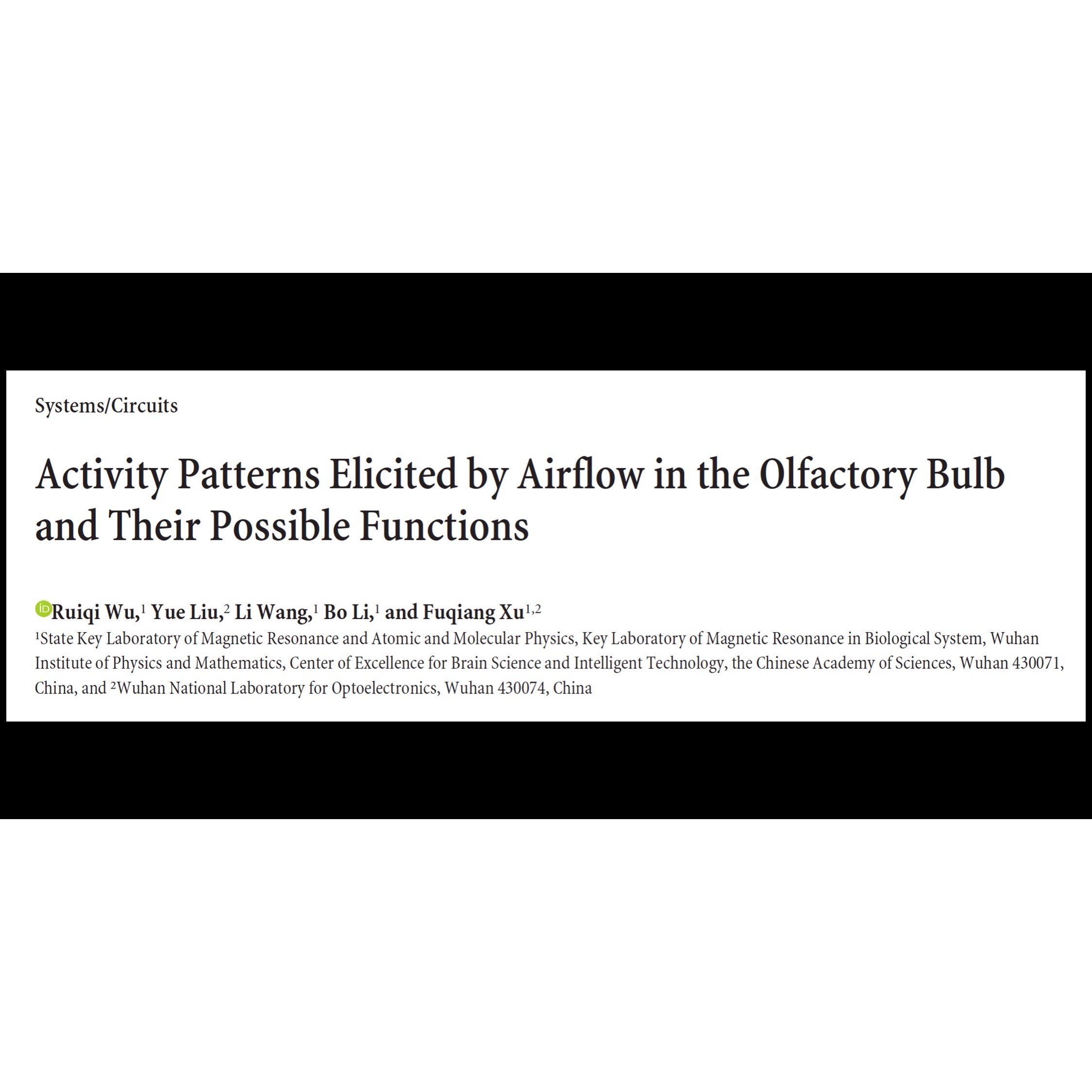Key Points
Nasal breathing information is “encoded” by olfactory sensory neurons in the olfactory bulb
Breathing activates broad regions of the olfactory bulb, with the intensity changing as total breathing volume changes
The neural activity stimulated by nasal breathing helps explain how breathing can have immediate physiological effects throughout the body
The Breathing Diabetic Summary
The olfactory bulb (OB) and its neurons (olfactory sensory neurons, OSNs) can sense both odors and airflow. However, previous studies have rarely examined how airflow is actually encoded by the OB and OSNs. This study used fMRI and local field potential to figure out how airflow activity is mapped in the OB.
They studied mice under different airflow stimulation (these can be thought of as different breathing patterns because the mechanical stimulation was occurring through their noses). The different breathing paradigms included changing respiratory rate, changing tidal volume, or changing both rate and tidal volume while keeping the total airflow the same (that is, keeping Rate X Volume = Constant).
The results showed that airflow stimulation activated broad regions of the OB. Odor stimulation, on the other hand, had more localized activity maps. Furthermore, the overall structure of the activity maps was similar regardless of which breathing paradigm was being studied. Only the intensity of the signal changed with total airflow. Greater total volume led to more intense activity in the OB.
Another interesting result was that nasal airflow affected the physiological state of the mice. Their resting heart and breathing rates slowed, and EEG power declined in specific ranges.
These results are important because they show for the first time that nasal breathing information is encoded in the olfactory bulb. We know that breathing can directly influence emotional state, for example, providing a calming effect. And, there have been several studies showing a direct correlation between breathing, brain activity, memory, and behavior. Here, we see why.
Nasal breathing information is imprinted in the OB. The OB then projects onto the limbic system, which regulates emotions, olfaction, and the autonomic nervous system. This helps explain the wide-ranging benefits of slow breathing and how breathing can have such immediate effects on our physiological state.
To summarize, this is the first study to show that nasal airflow elicits broad activity maps in the olfactory bulb. The patterns are robust and change only in intensity when total airflow is altered. The effects of nasal respiration on the olfactory bulb are then projected on the limbic system, helping explain how breathing can quickly impact physiological state.
Abstract
Olfactory sensory neurons (OSNs) can sense both odorants and airflows. In the olfactory bulb (OB), the coding of odor information has been well studied, but the coding of mechanical stimulation is rarely investigated. Unlike odor-sensing functions of OSNs, the airflow-sensing functions of OSNs are also largely unknown. Here, the activity patterns elicited by mechanical airflow in male rat OBs were mapped using fMRI and correlated with local field potential recordings. In an attempt to reveal possible functions of airflow sensing, the relationship between airflow patterns and physiological parameters was also examined. We found the following: (1) the activity pattern in the OB evoked by airflow in the nasal cavity was more broadly distributed than patterns evoked by odors; (2) the pattern intensity increases with total airflow, while the pattern topography with total airflow remains almost unchanged; and (3) the heart rate, spontaneous respiratory rate, and electroencephalograph power in the β band decreased with regular mechanical airflow in the nasal cavity. The mapping results provide evidence that the signals elicited by mechanical airflow in OSNs are transmitted to the OB, and that the OB has the potential to code and process mechanical information. Our functional data indicate that airflow rhythm in the olfactory system can regulate the physiological and brain states, providing an explanation for the effects of breath control in meditation, yoga, and Taoism practices.
SIGNIFICANCE STATEMENT Presentation of odor information in the olfactory bulb has been well studied, but studies about breathing features are rare. Here, using blood oxygen level-dependent functional MRI for the first time in such an investigation, we explored the global activity patterns in the rat olfactory bulb elicited by airflow in the nasal cavity. We found that the activity pattern elicited by airflow is broadly distributed, with increasing pattern intensity and similar topography under increasing total airflow. Further, heart rate, spontaneous respiratory rate in the lung, and electroencephalograph power in the β band decreased with regular airflow in the nasal cavity. Our study provides further understanding of the airflow map in the olfactory bulb in vivo, and evidence for the possible mechanosensitivity functions of olfactory sensory neurons.
Journal Reference:
Wu R, Liu Y, Wang L, Li B, Xu F. Activity patterns elicited by airflow in the olfactory bulb and their possible functions. J Neurosci. 2017;37(44):10700-10711. doi: 10.1523/JNEUROSCI.2210-17.2017.

